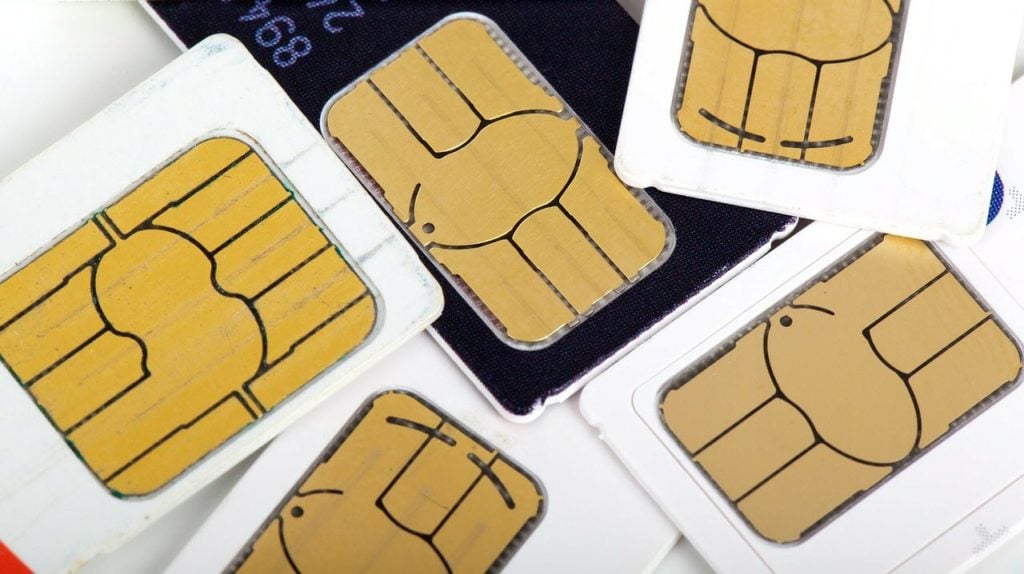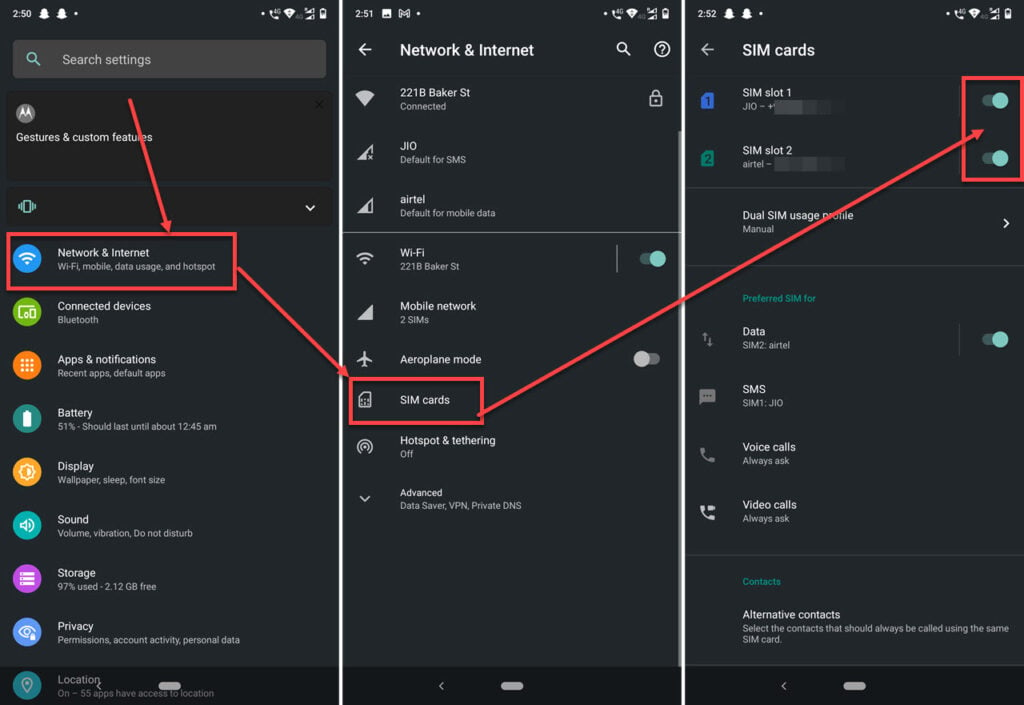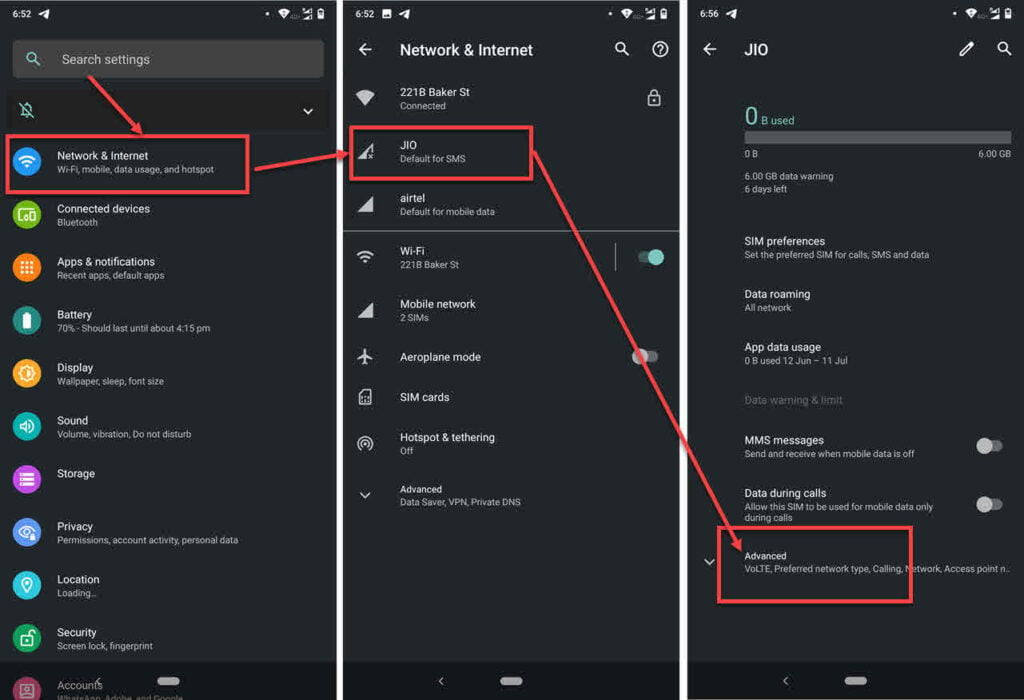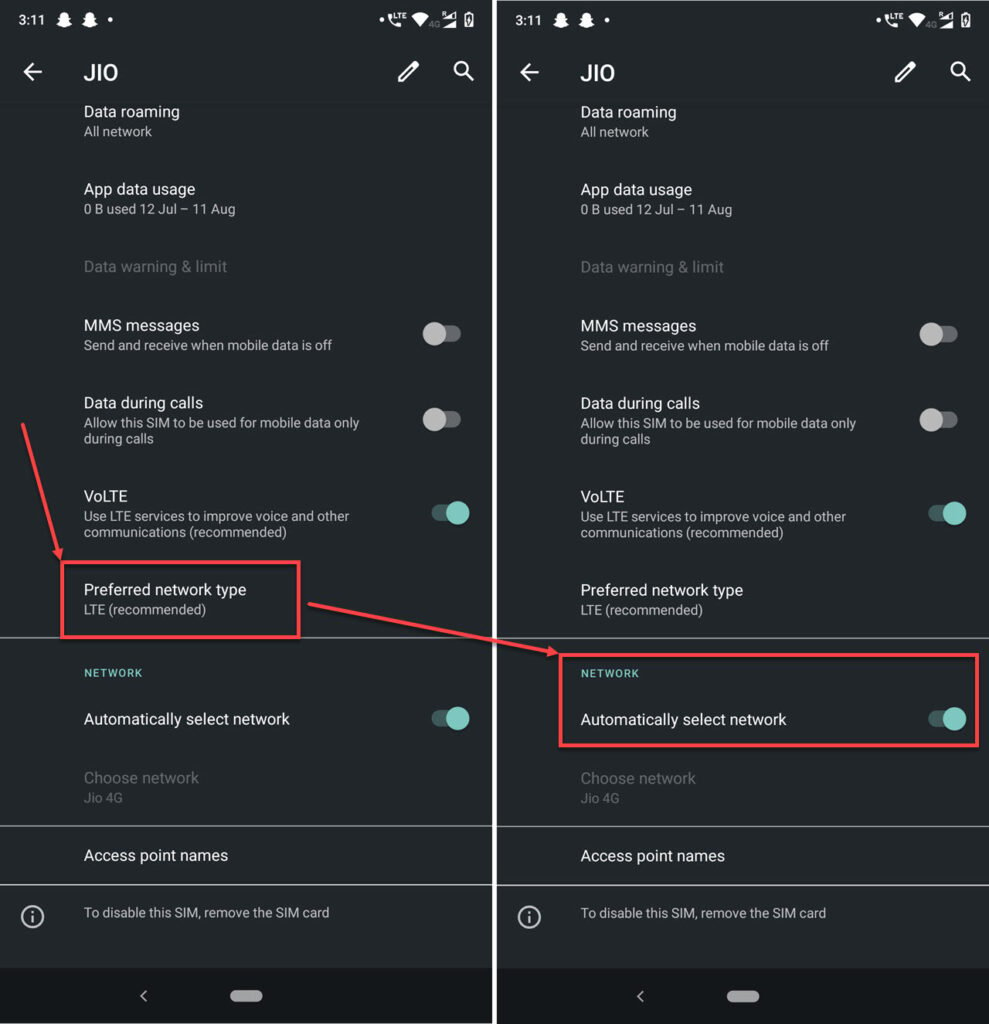Telecom carriers have come a long way from the early days of CDMA. Now there are better connectivity, higher quality calls, faster data speeds, cheaper prices and more perks every time you get a plan for your phone. That said, there are still a few issues that pop up from time to time that can hamper the user experience.
In this article, we’re taking a look at why your phone can’t make calls, despite you having network connectivity and being able to text and what you can do to fix the problem.
What causes this error?
There are a number of reasons why you might encounter this problem. Some of the most common reasons include:
- Low network coverage
- Incorrect network settings
- Issues on the carrier’s end
Also read: What does ‘not registered on network’ mean? 7 Fixes
How to fix this?
Here are nine fixes you can try out.
Restart the device
The first thing you should try out in such situations is to restart your phone. Restarting can resolve many seemingly random issues, primarily network or SIM issues. You can also try toggling airplane mode on and off.
Get better coverage
Poor network connectivity can cause several issues, including this one. Try moving to an area with better network coverage, ideally with a telecom tower nearby and try making the call again.
Properly insert and connect the SIM
You should also check whether or not the SIM card fits the tray correctly and touches the metal contacts inside. More often than not, an improperly inserted SIM card or loose connection of the SIM tray can cause your phone to lose connectivity.

It’s also not harmful to clean the card with a cloth (preferably microfiber) to remove any dust from the metal contacts. Now, correctly re-insert the SIM card to resolve the issue.
Check if your SIM card is enabled
Some phones have an option that can be used to enable or disable SIM cards in the phone. Check your settings to ensure that your SIM isn’t disabled.

- Head over to your phone’s settings and tap on Network & Internet.
- Tap SIM Cards.
- Make sure both your SIM slots are enabled.
Also read: How to use Eunseo bot? Bot commands explained
Enable 2G support
Sure 2G isn’t as fast when it comes to internet speeds, but it can help boost connectivity in remote areas. Note that depending on your carrier and phone, you may or may not have this feature.
Set the network mode to auto
Open your phone’s settings and follow the steps mentioned below.

- Head over to your phone’s settings and tap on Network & Internet.
- Tap on the SIM that’s causing problems.
- Tap Advanced.

- Tap Preferred network type. Make sure that the recommended network type is selected.
- Also, ensure that the Automatically select network toggle is enabled.
Reset your phone’s network settings
Incorrect network settings can cause problems, including SIM cards not being detected or malfunctioning. This resets your WiFi networks, Bluetooth connections, cellular and VPN settings.
Check out our detailed guide on how to reset network settings what doing so can do here
Update your phone
At times, an update to the phone software can also help get rid of network-related issues. If there’s a bug in the OS or an issue with the current software version installed on your phone, updating it can eliminate any such issues at once.
Contact service provider
If nothing else works, it’s time to call your carrier and describe the problem to them. After all, they’re in charge of the network and, in turn, your SIM. It’s pretty likely that your carrier will have some solution ready and will be able to diagnose your issue correctly as well.
Also read: Why are my LTE calls turned off? 10 Fixes






